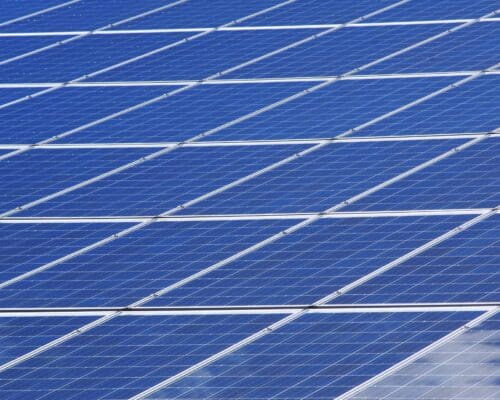Solar and Wind Power Potential in Bangladesh
Sayed Akber Hoshen / Shutterstock.com
12 June 2024 – by Viktor Tachev
Global Climate Scope ranks Bangladesh in the 41st position from all observed markets in terms of attractiveness for renewable energy investments. The segment the country is lacking most is experience. However, considering the stable fundamentals and the significant opportunities, the future of renewable energy potential in Bangladesh looks bright. Additionally, and importantly, there are high-potential investment opportunities. The country’s current situation places investors in its renewable energy transition in a perfect position to be rewarded once the boom starts.
The State of Renewable Energy in Bangladesh
Bangladesh’s installed renewable energy capacity is 650.53 megawatts (MW). Solar making up 416 MW, with hydropower producing 230 MW. The total figure was up from 579 MW in 2018. The jump isn’t significant, but it marks a trend for what’s coming next. For now, solar power dominates the renewable energy mix in Bangladesh. Wind power, for now, remains at near-zero levels. By the end of 2021, the government is planning to reach at least 10% in renewables contributing to its total energy mix. Currently, the figure is standing at only 3%.
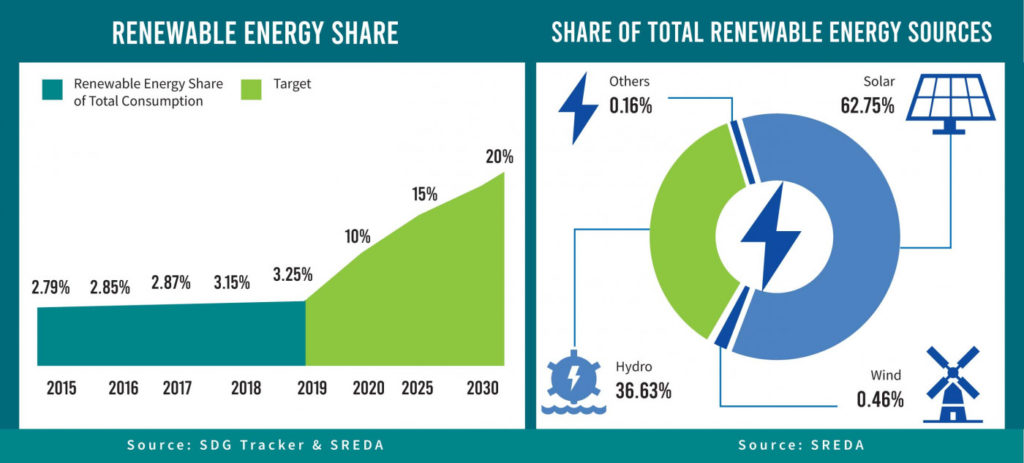
Solar Energy and Wind Power Potential in Bangladesh
While renewable energy’s share in the country’s power mix remains negligibly low, there is massive potential for solar and wind energy in Bangladesh. A report on the renewables technical capacity found that Bangladesh could deploy up to 156 gigawatts (GW) of utility-scale solar and 150 GW of wind.
Solar Energy Potential in Bangladesh
According to estimates, Bangladesh receives considerable amounts of solar radiation with 1,900 kWh/m2 per year. Daily, this figure translates to 4 to 6.5 kWh/m2.
Recently, the government issued a National Solar Energy Roadmap (SREDA) draft. It recommends a new solar target to address the sluggish clean energy progress. The aim is to have up to 40 GW by 2041, with 40% coming from rooftop solar. If the government prioritises the accelerated action plan, by 2041, Bangladesh could see a solar power potential making up 50% of its installed capacity.
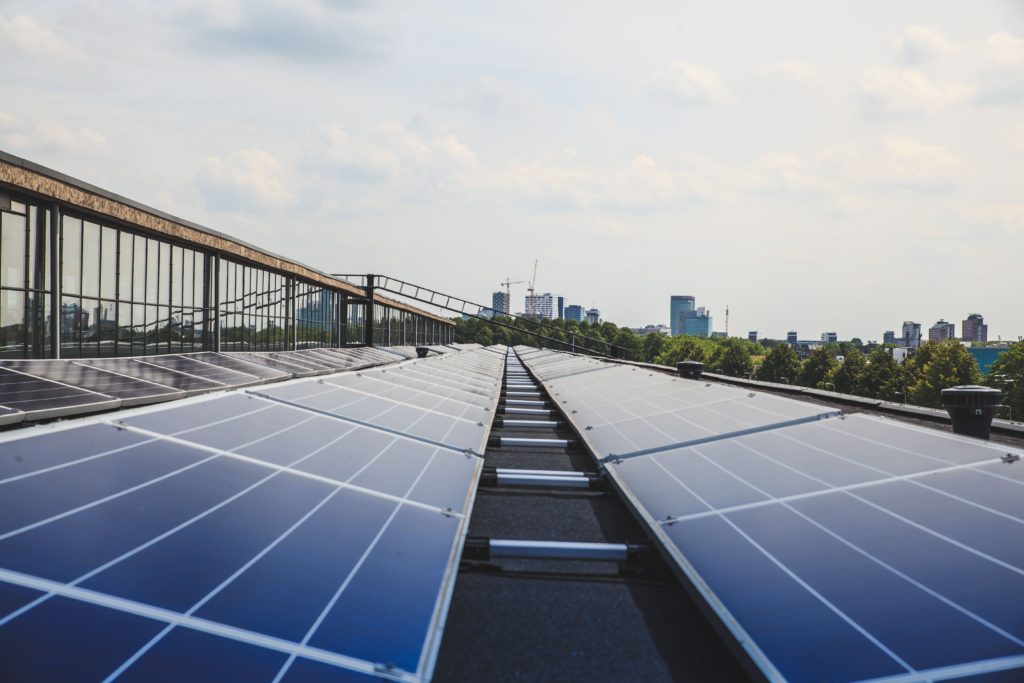
Additionally, with an estimated 1,500 km2 of ponds, Bangladesh has a significant potential for floating solar. According to estimates, even utilising only one-third of the ponds for solar installations can generate 15 GW. Furthermore, Bangladesh also has 2,500 km2 of shallow water areas. Installing floating solar on just 10% of these areas would generate 25 GW. Big lakes like the Kaptai and the thousands of kilometres long river pockets could add 20 GW.
Regarding land-based options, it is calculated that Bangladesh has around 5,000 km2 of potential for roof systems. Fulfilling just 10% of this could generate 25 GW.
Wind Power Potential in Bangladesh
The U.S. National Renewable Energy Laboratory (NREL) concluded that Bangladesh has significantly more wind power potential than previously thought, especially at a hub height of 140 to 160 metres. The areas with the highest potentials reaching 724 km, like the coastline along the Bay of Bengal, Kuakata, Sandwip, and St. Martin. Wind power installation in these areas would solve a lack of energy access for locals who have remained off the grid.
The government is already beginning to move in that direction. In December 2020, it approved a major 55 MW wind power project in Mongla. Other projects are also in the pipeline.
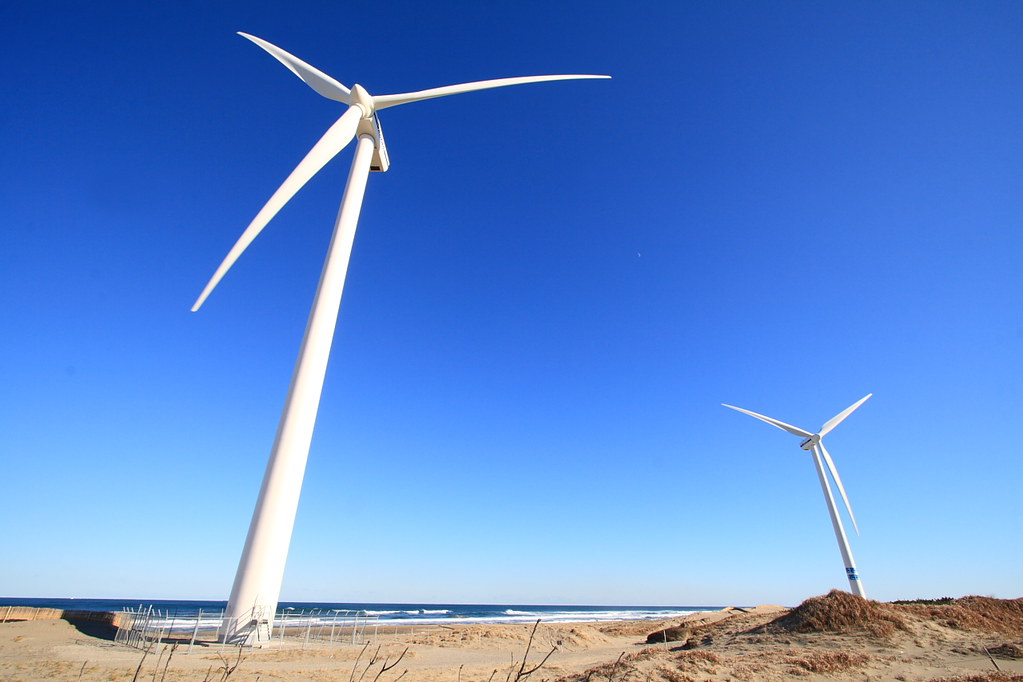
The Challenges Facing the Solar and Wind Power in Bangladesh
The biggest challenge facing the renewable energy transition in Bangladesh is the switch from coal to liquefied natural gas (LNG). According to IEEFA, such a move is unnecessary as it will only slow down the clean energy transition.
Another obstacle is the overcapacity problem that had remained unaddressed for years. However, a switch in focus from coal-and LNG-fired power to renewables could successfully address this.
Financial and project development challenges also remain. According to the Asian Development Bank (ADB), the local banking sector cannot provide long-term financing or due diligence required for renewable energy development.
Another often-cited challenge is land scarcity. However, experts in the field disagree. Aside from the potential locations for solar and wind power development mentioned above, the IEEFA says that the amount of land suitable for renewables in Bangladesh is likely much more than previously assumed.
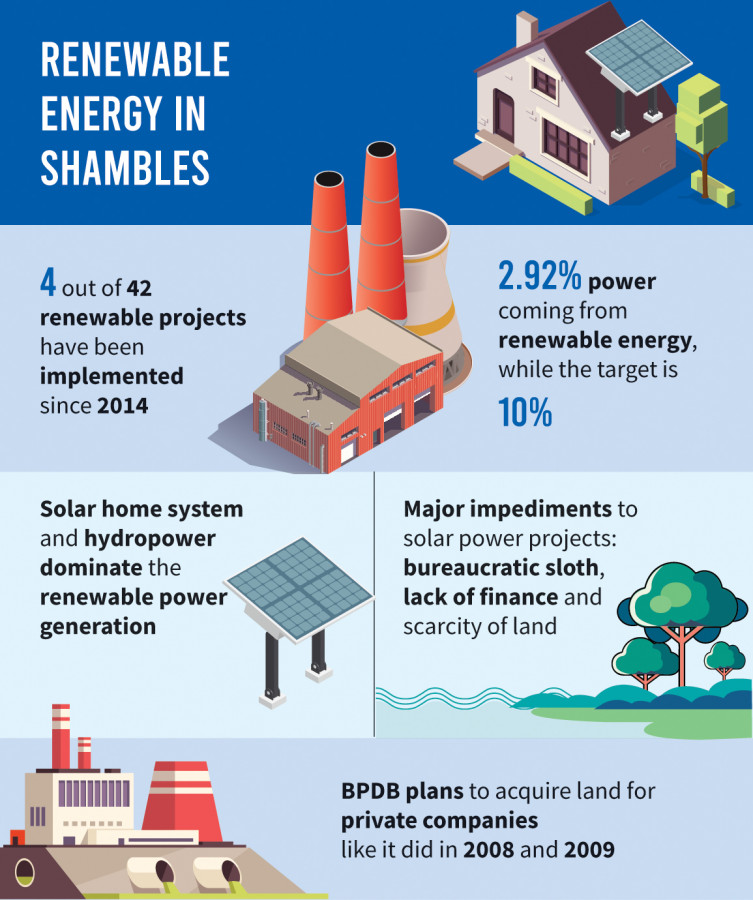
The Future of Renewable Energy in Bangladesh
All the triggers for a successful clean energy transition in Bangladesh are present. Renewables a cheaper and come with more stable prices. This can help it regain control over its power sector, cut capacity payments and meet growth expectations.
Bangladesh’s renewable energy investment opportunities will grow. The first places would be in the power plant development sector. Additionally, this would complement niches like solar power production. Due to the relatively lower labor cost and the growing industrial prowess of the country, experts project that the local manufacturing of floating pontoons, solar panels, and supporting accessories will experience a significant boom in renewable energy.
by Viktor Tachev
Viktor has years of experience in financial markets and energy finance, working as a marketing consultant and content creator for leading institutions, NGOs, and tech startups. He is a regular contributor to knowledge hubs and magazines, tackling the latest trends in sustainability and green energy.
Read more



